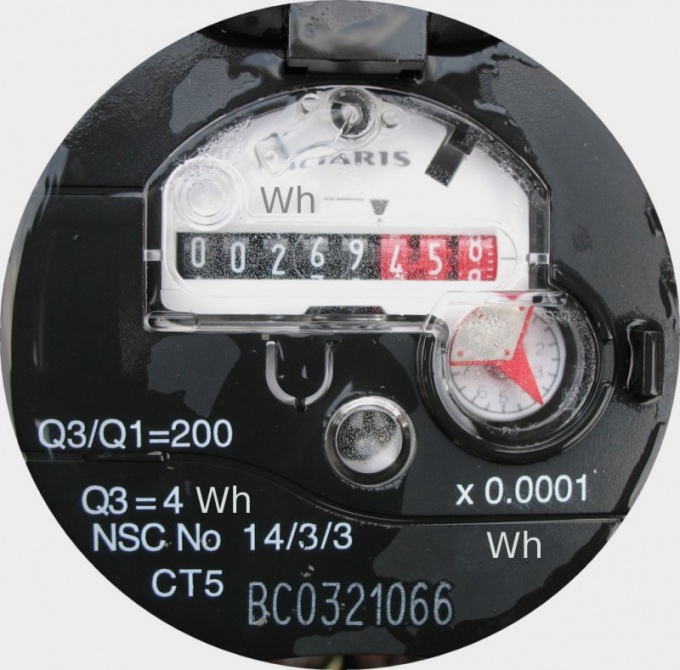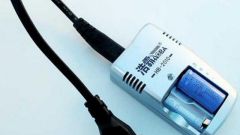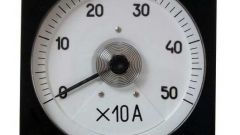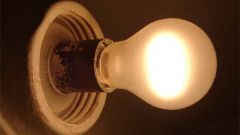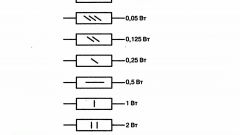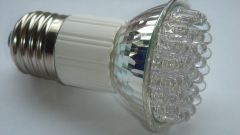Instruction
1
If you specify only the total power and power factor (cos φ) - no, the last value to be measured. To do this, use so-called phase meter. Assembly and disassembly of the circuit consisting of the device and the load, is carried out only in the absence of the supply voltage. The schematic of this circuit are in the instructions for the specific model of the phase meter. Note that it shows the phase angle (φ), and from its cosine, so there is no need to calculate the trigonometric function is not required. Measured value as the value of any other cosine, is dimensionless and less than unity.
2
To determine the active power in watts (which measures household electricity meter), calculate it according to the following formula:
P=S*cos φ, where P - active power (W), S - apparent power (VA), cos φ - power factor, no units.
P=S*cos φ, where P - active power (W), S - apparent power (VA), cos φ - power factor, no units.
3
What is the power factor closer to unity, the full and active power closer to each other. Reactive power (Q), which is the difference between the full and active capacities, highlighted in the lead wires and therefore is wasted. Therefore, if cos φ is less than 0.7 it is advisable to use a PFC. Almost without raising active, they drastically reduce the jet and thereby increase cos φ of nearly up to 0.9.
4
In the absence of auto-leveling to increase cos φ of the reactive load is possible by means of a non-polar capacitor. It needs to be designed to connect in parallel to the socket and to withstand the peak value of its voltage. To know the peak value, multiply the current by 1.41. In parallel with the capacitor, be sure to install a resistor of about 1 Mω and a capacity of at least 0.5 watts. Turn the fuse so that in case of breakdown of the capacitor it killed the circuit. The capacitance of the capacitor should be such that it, together with the inductance of the load form a resonant circuit, the resonant frequency which is as close as possible to the network frequency.
Note
Do not work under tension.
